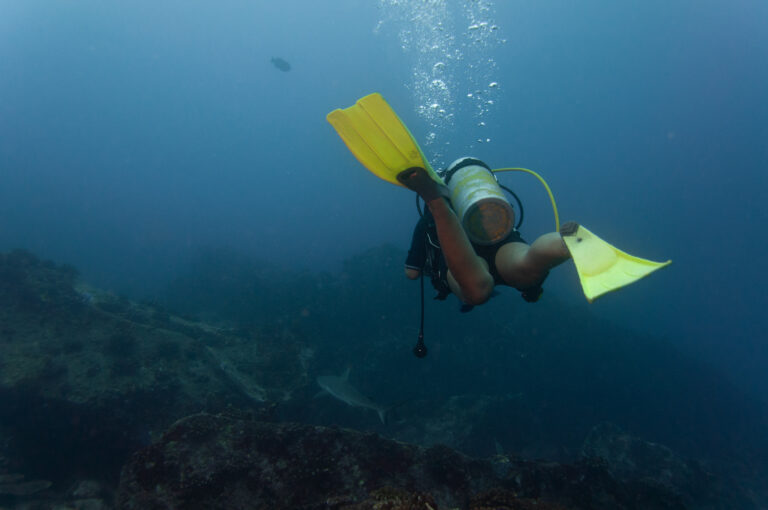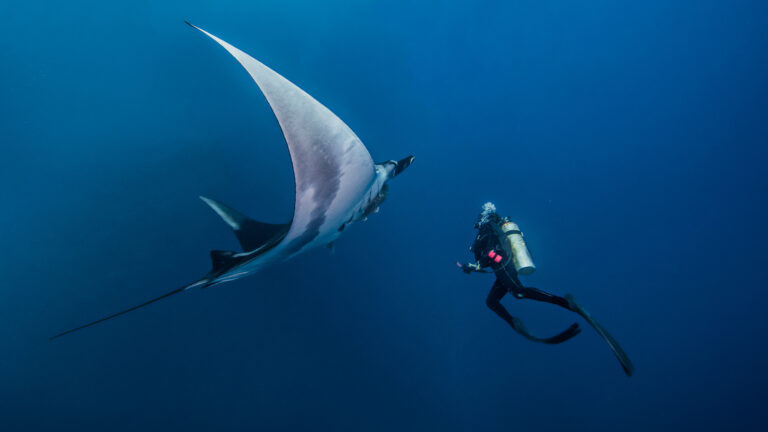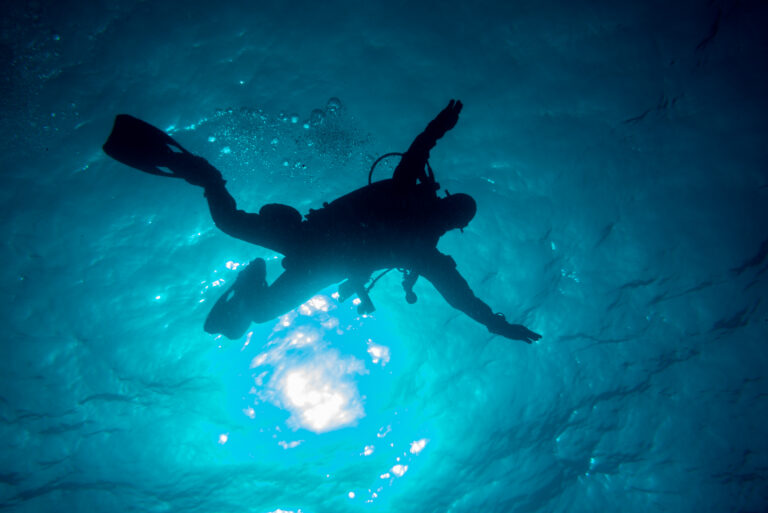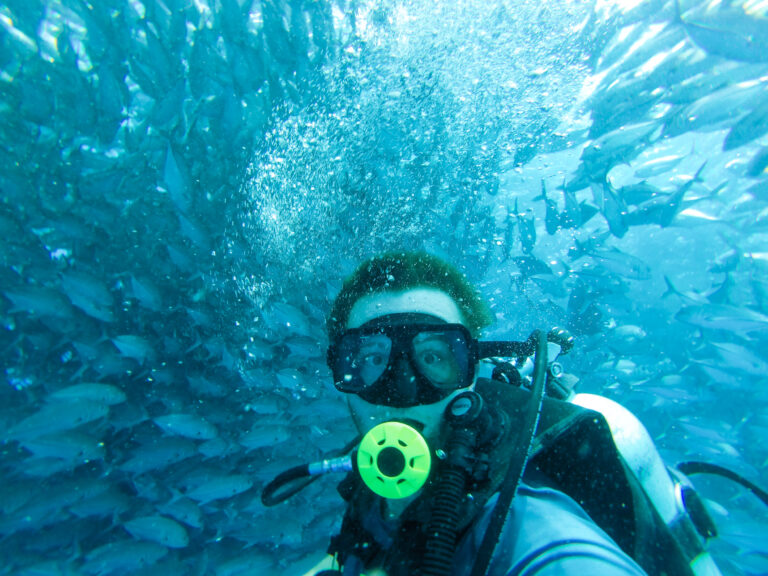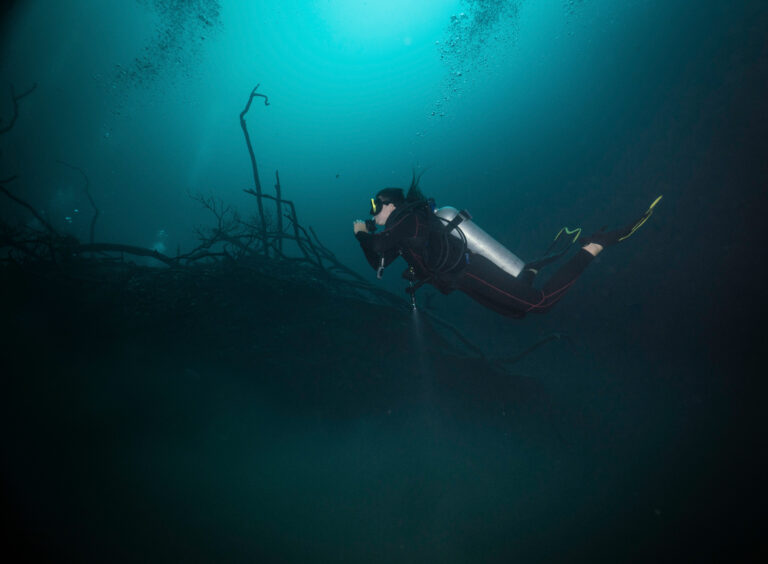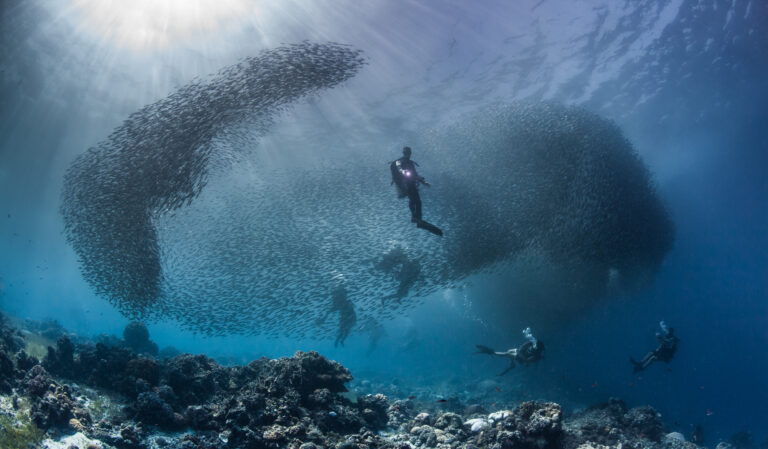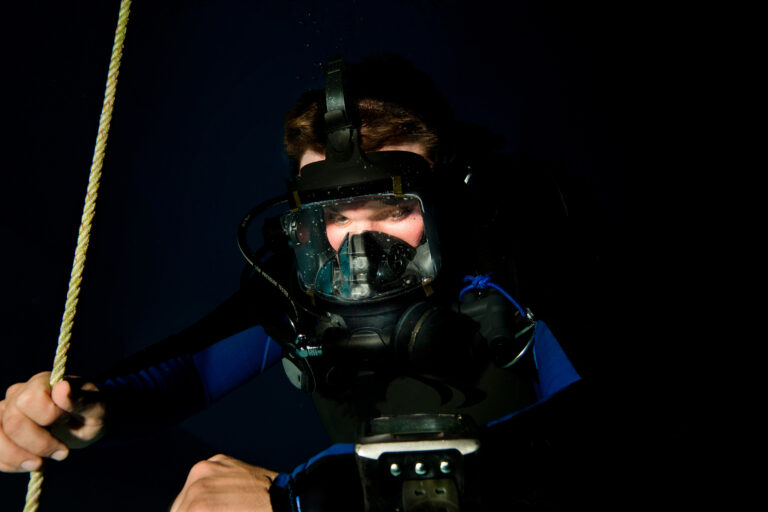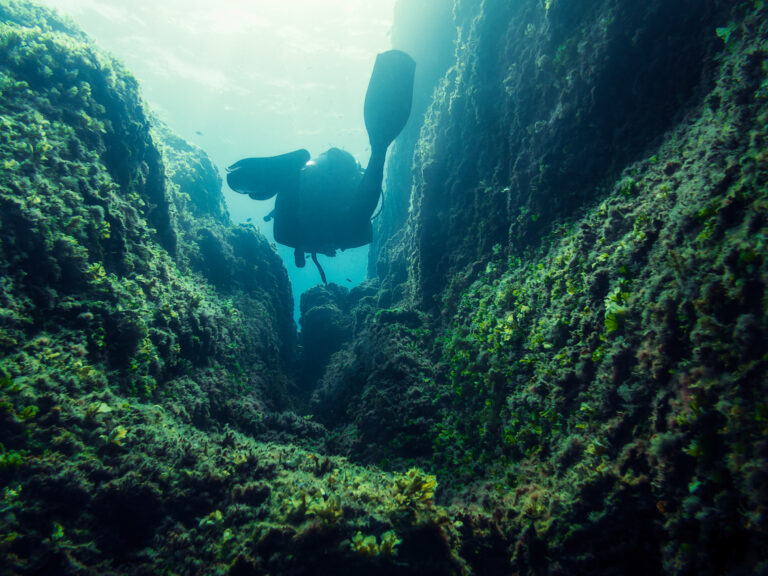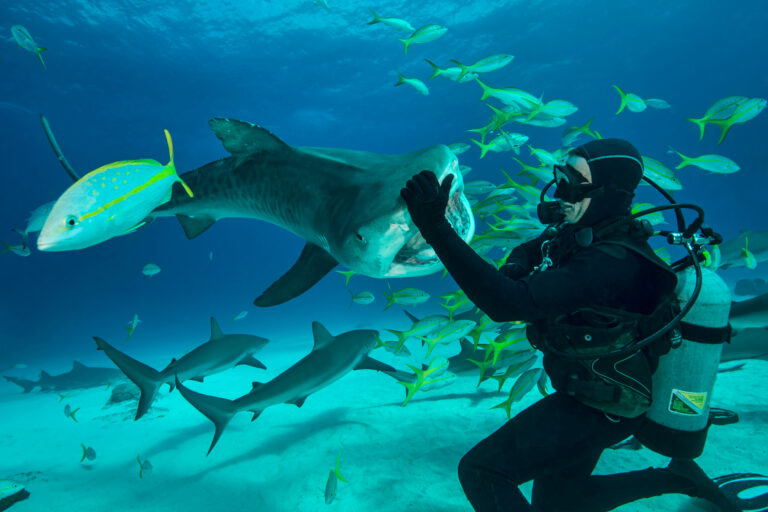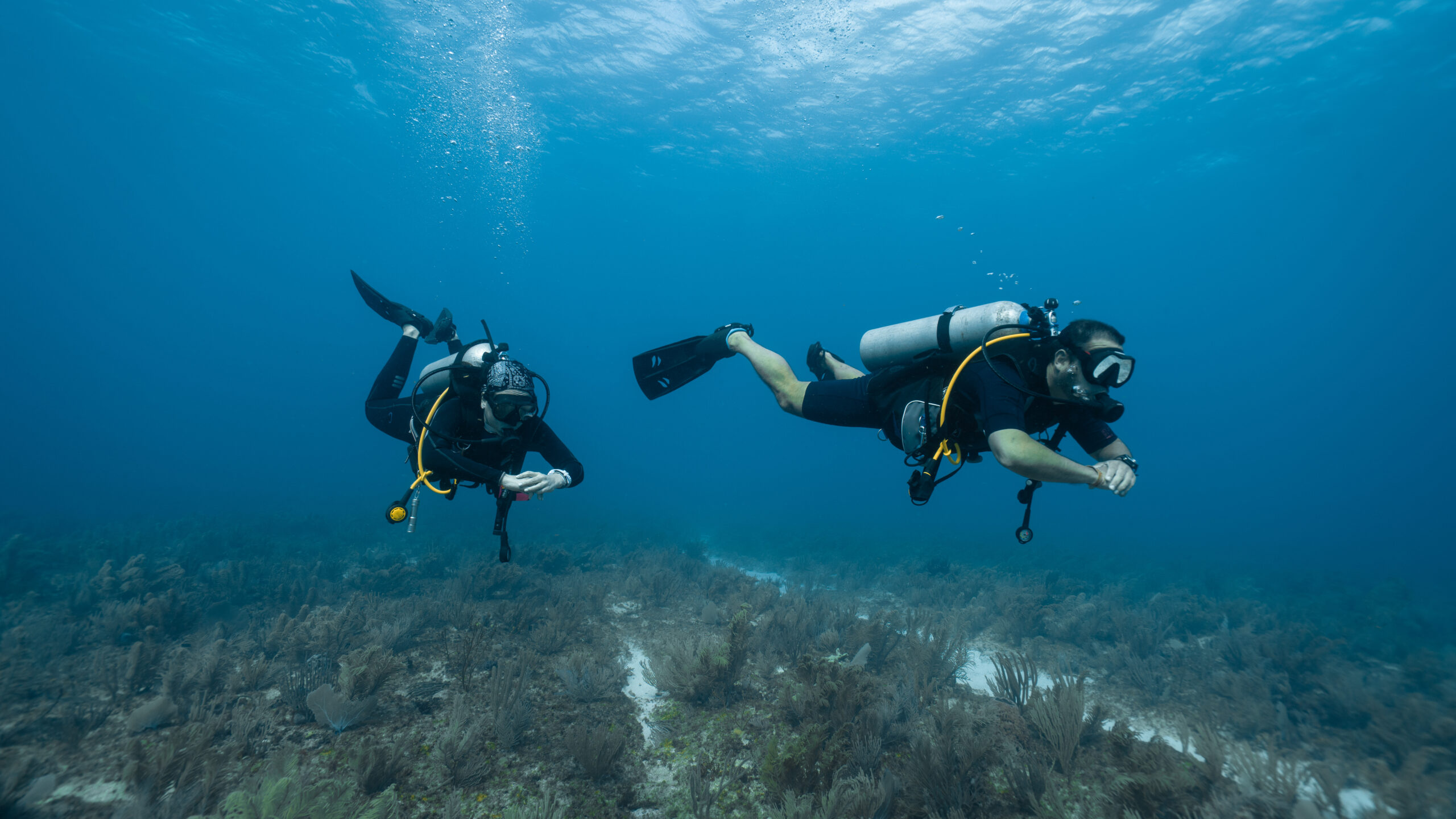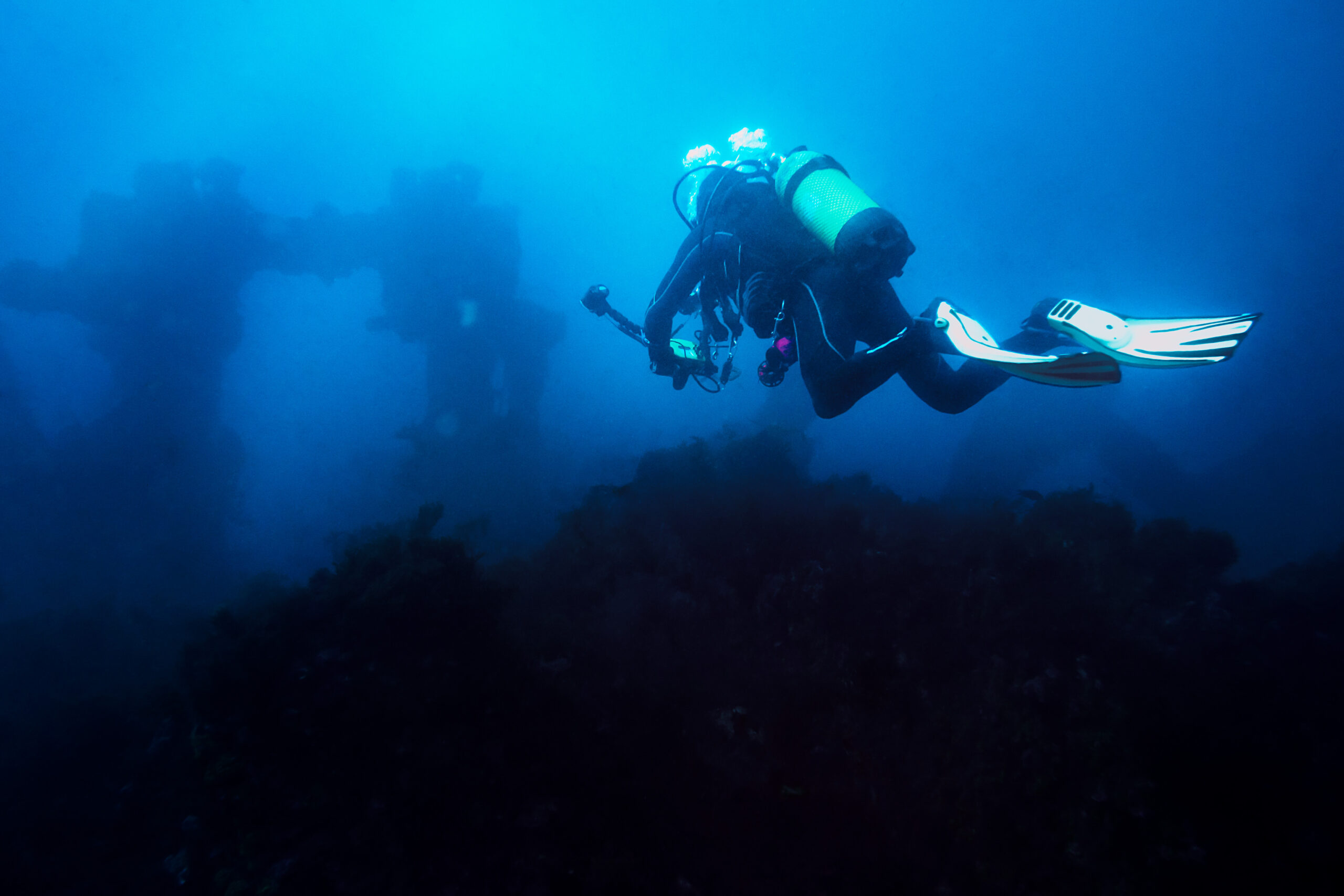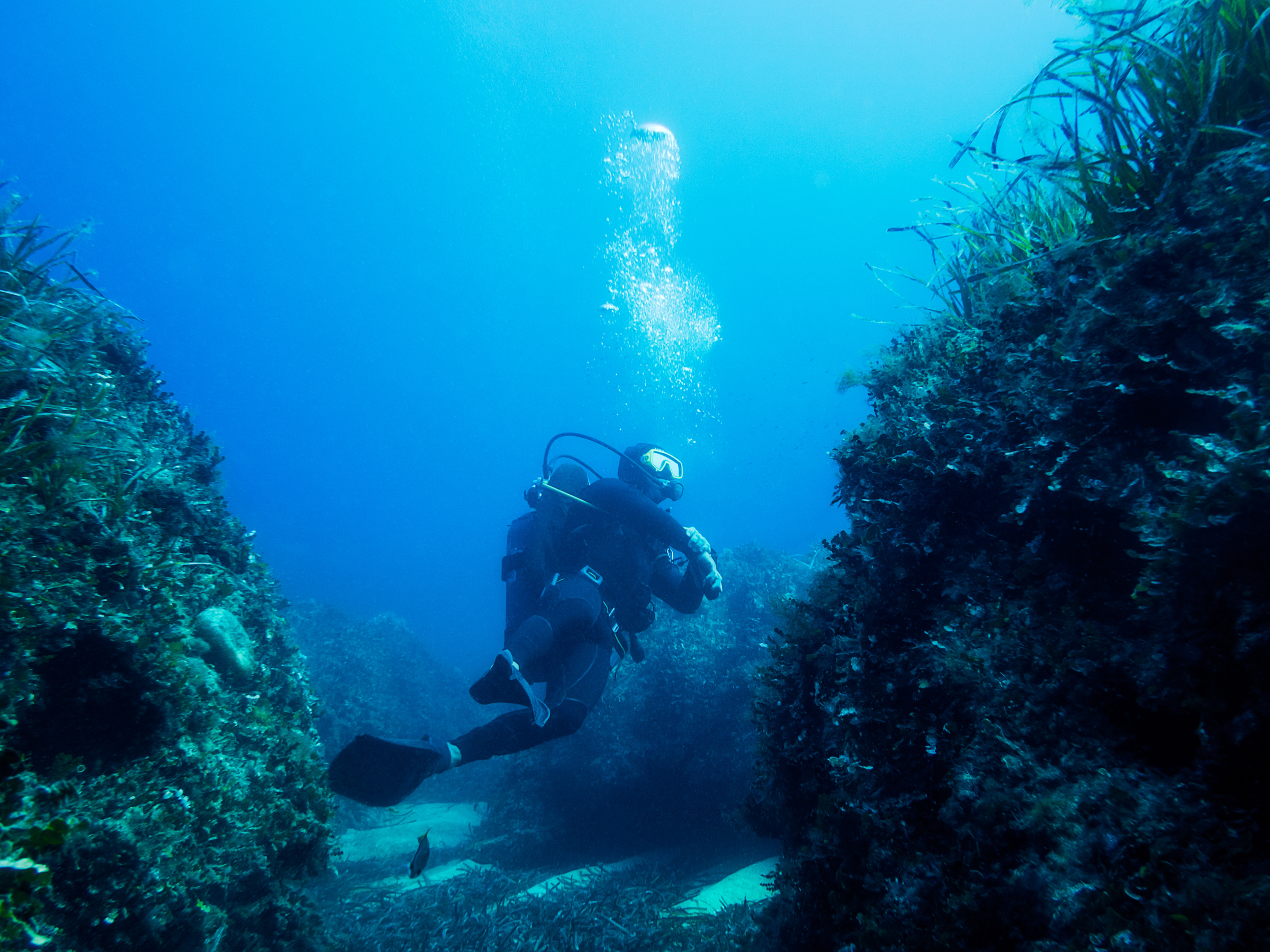In the silent hush beneath the waves, a diver glides through a curtain of blue—untethered, weightless, and utterly alone with the ocean. Today, scuba diving is synonymous with freedom. But it wasn’t always this way. Long before the hum of a regulator and the comforting presence of a tank, the dream of breathing underwater without depending on the surface was just that—a dream. Yet it was one that gripped the minds of inventors, engineers, and adventurers for centuries.
The story of the scuba set—a device that gives divers the freedom to breathe underwater with their own air supply—didn’t begin with modern equipment or sleek tanks. It began with daring ideas, heavy machinery, and a relentless drive to escape the limitations of surface-bound diving. This is the story of how that vision was born, one bold step at a time.
The first flicker of underwater independence came in 1715, when Englishman John Lethbridge built a remarkable contraption he called a “diving machine.” Shaped like a barrel and sealed tight, the device encased the diver’s body while allowing his arms to extend through leather sleeves. It carried its own supply of air and could descend underwater for short periods. But while it made the diver self-contained in one sense, he was still reliant on surface crews to lower, move, and raise the contraption. It worked more like a portable diving bell than true scuba equipment.
The next leap came from France. In 1771, an inventor named Fréminet developed a system far closer to modern ideas of autonomy. His creation, which he called the machine hydrostatergatique, featured a compressed air reservoir. It could be worn on the back or dragged along behind the diver, allowing movement without surface hoses. He reportedly used the equipment for over a decade in the harbors of Le Havre and Brest. Though crude by today’s standards, it offered a significant improvement in personal mobility and hinted at what would one day become possible.
Oxygen rebreathers, another core concept of modern scuba diving, began to surface not long afterward. In 1808, a mechanic named Sieur Touboulic, working for Napoleon’s Imperial Navy in Brest, patented a design that pushed this vision even further. His device aimed to recycle oxygen in a closed loop. The diver would manually release oxygen from a reservoir, and exhaled gases would pass through a sponge soaked in limewater to scrub out carbon dioxide. While there is no evidence that a prototype was ever built, the patent itself laid down principles that would influence generations of rebreather designs.
By the 1820s, inventors across Europe and North America were pursuing similar dreams. In 1824, Paul Lemaire d’Augerville in France developed his own version of autonomous diving equipment. The very next year, a British innovator named William H. James introduced a suit that featured a helmet made from either thin copper or leather, with a viewing plate and air supplied from an iron reservoir. While rudimentary, James’ design gave the diver a sense of self-sufficiency that was rare for its time.
In 1831, across the Atlantic in the United States, Charles Condert tested a similar invention in the East River. He descended to a modest depth of 6 meters (20 feet), but tragedy struck during his experiments. He died the following year while conducting further tests—one of the first known lives lost in the pursuit of underwater independence.
Meanwhile, the development of breathing regulators—a critical component of modern scuba—was quietly unfolding in France. In 1838, Manuel Théodore Guillaumet filed a patent for the first known air regulator mechanism. Although his system relied on air pumped from the surface and never went into mass production, it introduced key ideas that would later shape fully self-contained systems.
The first practical rebreather appeared just over a decade later. In 1849, another Frenchman, Pierre Aimable De Saint Simon Sicard, patented a device that finally combined safety, autonomy, and practicality. This marked a turning point. His design addressed many of the flaws found in earlier systems, offering a working concept for how a diver could descend, breathe, and resurface without the help of a surface team. Although scuba sets in their modern form were still nearly a century away, the foundation had been laid.
By the mid-19th century, the idea of underwater autonomy had evolved from sealed wooden barrels and copper helmets to working prototypes of rebreathers and regulators. The journey from Lethbridge’s diving machine to Sicard’s rebreather was not a single invention, but a timeline of determination—marked by visionaries willing to put their lives at risk to conquer the underwater frontier.
Each step forward brought us closer to the self-contained scuba gear we rely on today. While these early inventors rarely get the spotlight, their efforts echo in every descent made with modern scuba equipment. Every time a diver slips below the surface carrying their own air supply, they’re continuing a story that began over 300 years ago—with bold ideas, dangerous experiments, and a stubborn refusal to stay tethered to the surface.

